In the year 2021, the top concern for policymakers became one of the Global important considerations. The fact that so many countries are facing a water crisis. This year will now be a time of increased pressure for these policymakers to find a solution.
Extreme water shortages are happening in more locations and are becoming a dire situation.
Many countries are struggling to find water for drinking and cooking.
Across the globe, countries experienced raging wildfires, severe flooding, heatwaves and droughts.
Water-related hazards increased by over 130% in just one year, while the number of countries with droughts increased by 29% in the same time. These conditions all create a major burden on the people. The water stress and the extreme weather events all combine and have an impact on the production, security and mainly on the health of the world’s population.
Even in the years that have been impacted by the Global Pandemic, the water issues were still a top priority on the agenda for policymakers.
Water Pavilion
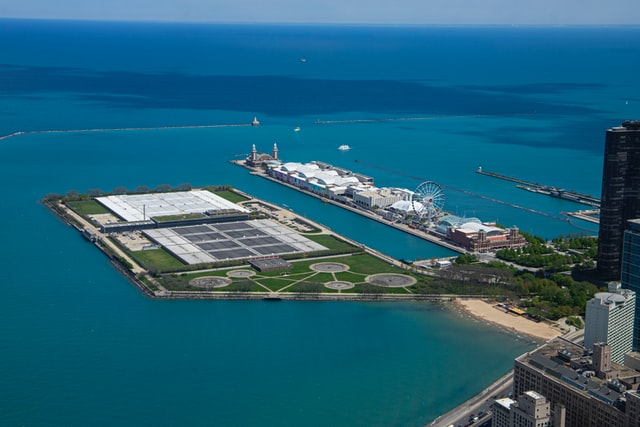
Amongst all other stresses, the Panel on Climate Change and control as well as the Meteorological Association brought to the forefront how the droughts, severe weather issues and wildfires are making an impact on the global water supply.
This water crisis, which has been building for years, led countries to hold the first-ever Water Pavilion.
With a number of countries announcing major water shortages and emergencies, the realization came about that the protection of all the natural systems that are essential to healthy water cycles was the main focus of these meetings.
The meetings did accomplish one of the goals set forth, which is to combat deforestation in many locations.
Climate Disasters
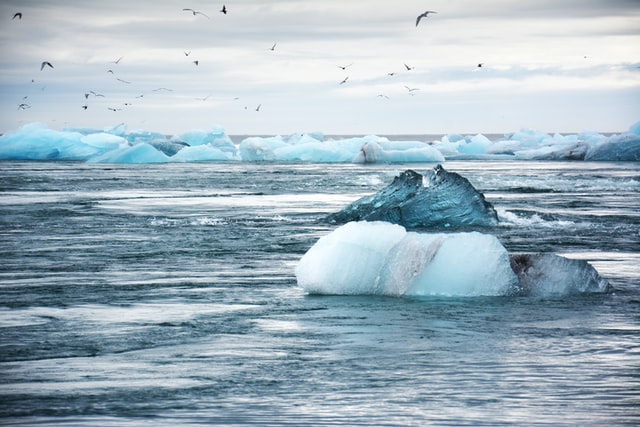
Since 90% of climate disasters are water-related, water is central to adaptation. With more than 3 billion people living in the areas of water scarcity, there is an unprecedented pressure to find solutions.
The United Nations expressed their concern that countries must quadruple the efforts being made to be on track for the goals set forth.
Together this will require a significant effort within the political factors of each country, as well as an increased additional investment. The numbers show that it will take $1.7 trillion USD, three times the amount originally stated in order to maintain and construct further water infrastructures globally.
Three Areas of Concentration
In 2022, the concern and concentration will be mainly on adaptation, collaboration and nature-based solutions.
Climate Resilience
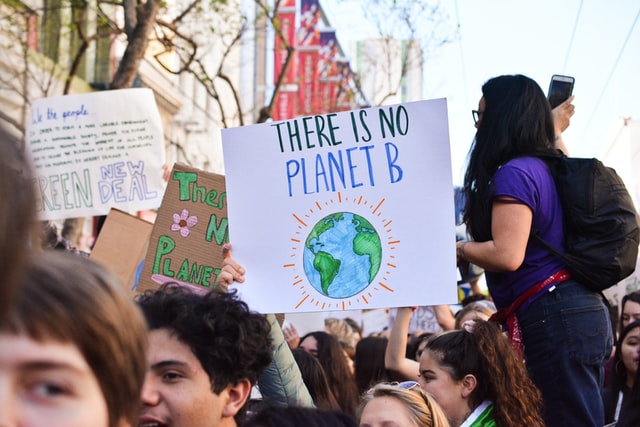
In 2021, the Climate Adaptation Summit highlighted the fact that adaptation is crucial for preventing or limiting the impact of severe weather events and improving water and food security. The fact that water is crucial due to 90% of climate disasters is water-related.
The panel agreed that adaptation measures such as climate-resilient water infrastructures, and improved weather information systems can have significant economic returns.
Uganda
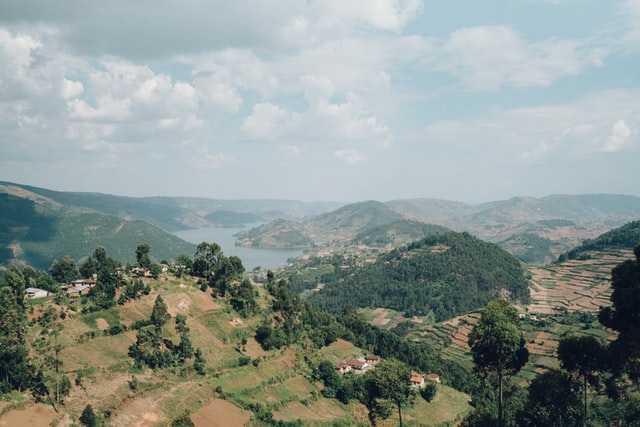
Uganda invested in improving its local water sources and degraded land. These restored wetlands act as a flood buffer and promote nature-based micro-enterprises.
The participating villages have seen impacts such as improved household incomes, and the adaptive capacity to climate change increased.
United Nations Convention to Combat Desertification
At the Convention, many issues were discussed and finagled over. One leader stated, “We are at a crossroads. This means when it comes to managing drought, they need to accelerate mitigation using every tool that can be used.”
To look at numbers, the highest number of people affected by drought were in Asia.
Africa
Africa has suffered more drought than the people of any other country. From 2000 to 2019, Africa experienced 134 droughts, 70 of those took place in East Africa.
India
India has been part of severe economic issues due to droughts. India’s Gross Domestic Product numbers have decreased by 2 to 5%. This has a severe impact on the country's economic standings.
Australia
From 2002 to 2010, Australia experienced the Australian Millenium Drought. As a result of this drought, agricultural productivity fell by 18%.
Population Growth
Population growth, as well as climate change, are the main factors when it comes to water scarcity.
Water scarcity is when there is not enough fresh water to meet the demand for water. This is obviously directly related to the growth of the human population.
World Resources Information
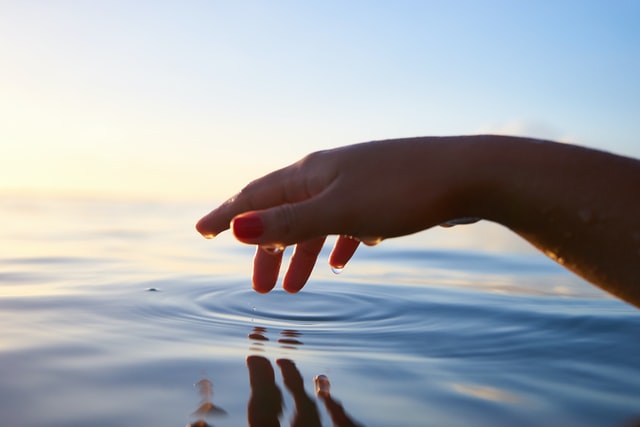
The World Resources has listed the top countries that suffer from water scarcity. They rank these countries by the water stress and then categorize them into one of 5 different categories. The levels are stated as follows:
- Extremely HIgh
- High
- Medium-high
- Low-medium
- Low
Within the Extremely High ranking, there are 17 countries. Of these countries, 12 of them are located in the Middle East and North Africa. This is due to the desert climates and the growing demand on water. These include:
- Lebanon
- Qatar
- Israel
- Jordan
- Libya
- Iran
- Kuwait
- Saudi Arabia
- United Arab Emirates
- Eretria
- San Marino
- Bahrain
- India
- Pakistan
- Oman
- Botswana
- Turkmenistan
These are the countries that are most desperate for finding ways to develop technologies such as desalination and learning to responsibly use water. This is how they will come out of the water scarcity. They need to improve the water infrastructures, and combat deforestation.
The following countries are not considered Extremely high for water scarcity, however, they do rank high on the list. The following countries are in the high ranking for water scarcity:
- United States
- Egypt
- Iraq
- India
United States

The United States has Low-medium water scarcity stress, however, there are regional differences within the land mass. The western regions of the United States have a significantly higher level of water stress due to a continuous and exceptional drought that sees no end. No region is listed in this category unless there is a significant decrease in agriculture, as well as a shortage of water in reservoirs, streams and wells.
Egypt
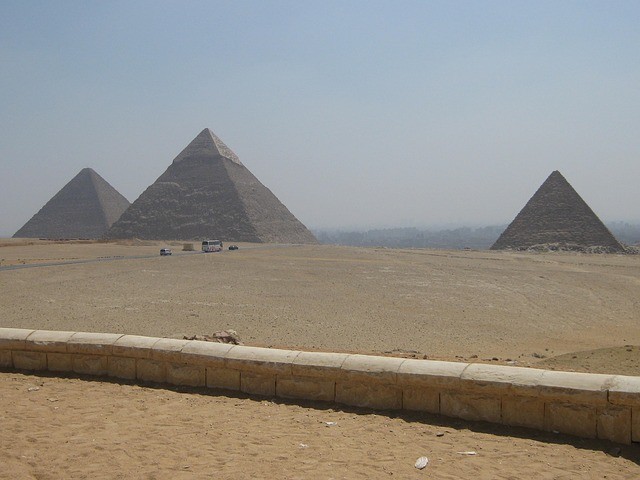
Egypt is considered to be relatively low on the water scarcity stress level at the time. The Nile River provides for 93% of all water resources in the nation. However, this is all being threatened by the development of the Grand Ethiopian Renaissance Dam. This dam is upstream of the Nile River.
The dam does have an important economic and social potential, however. The dam, when completed will then provide electricity to two-thirds of the population that has no electricity now. From Egypt's perspective, the dam built will reduce the amount of water flowing downstream.
For Egypt, the considerations lie in how long they take to fill the dam. The longer the time, the less impact it will have. For example, if it takes 21 years to fill, Egypt will lose 5% of the total water supply and 2.5% of the agricultural area. If it takes 5 years to fill, Egypt will lose 36% of the total water supply and roughly half of its agricultural area.
In a country where wars have been fought over oil, there now looms a war due to water, electricity and a dam. The impact will have on Egypt is potentially negative, while in Ethiopia it is a positive potential.
Iraq
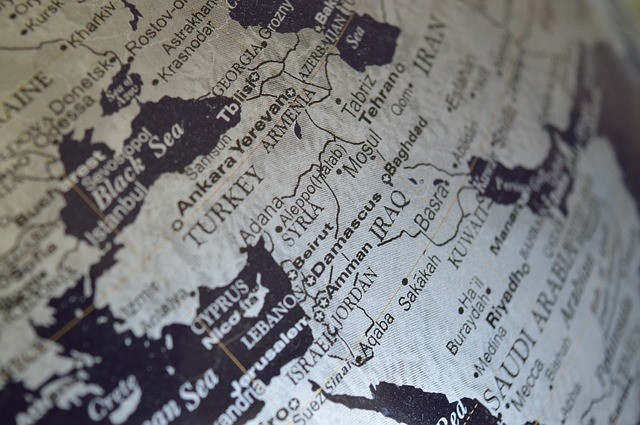
Iraq is a country in the high water stress range. 98% of the water in Iraq comes from the Tigris River and the Euphrates River. Both of these rivers originate in Turkey. Back in the 1970s, Turkey began a project to establish 22 dams and 19 Power Plants. Also impacting the water scarcity in Iraq is the Daryan Dam which was built in 2018. The water supply from the Diyala River was completely shut down.
It is estimated that by 2040, the water supply stemming from the Tigris and the Euphrates Rivers will be dried up also.
Iraq and its water scarcity are entirely dependent on the International Court of Justice and what they decide, for now, Iraq’s future and water are unclear.
India
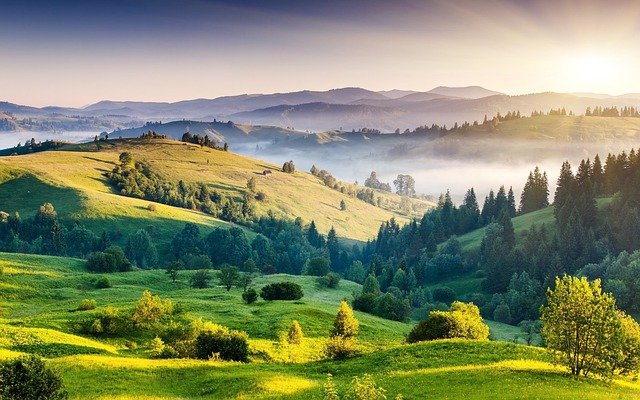
India represents 18% of the global population, yet only 4% of the World’s freshwater. This makes India the 13th most water-stressed country in the world. This is another country that is currently in disputes over water supply stemming from a river.
In 2021 China launched its most ambitious plan to date. The construction of the World’s most powerful hydroelectric plant, which is on the upstream stretch of the Brahmaputra River, flows from Tibet into India.
If this powerful hydroelectric plant is successful, the dam will generate three times more power than the Three Gorges Dam, which is currently the largest hydroelectric dam. The Three Gorges Dam is also located in China.
The ramifications for India could be horrific. It is believed that 30% of India’s water comes from the Brahmaputra River, and the dam will take 60% of that water.
India feels that China is turning water into a political weapon to influence the political decisions of the neighbouring countries. Due to the dispute over the China and India border, and China’s desire to have the most powerful hydroelectric power plant, it is unlikely that China will ever vote in favour of India retaining the water flow from the Brahmaputra river.
The ultimate question for these last four countries is simply, ‘Who owns the natural resources?” In general it is thought that the borders mandate who has what, however, that is not the case when it comes to water. Most believe that this is water manipulation and it is morally wrong. It is every person's right to have access to fresh water. However, privatizing water is becoming inevitable.




